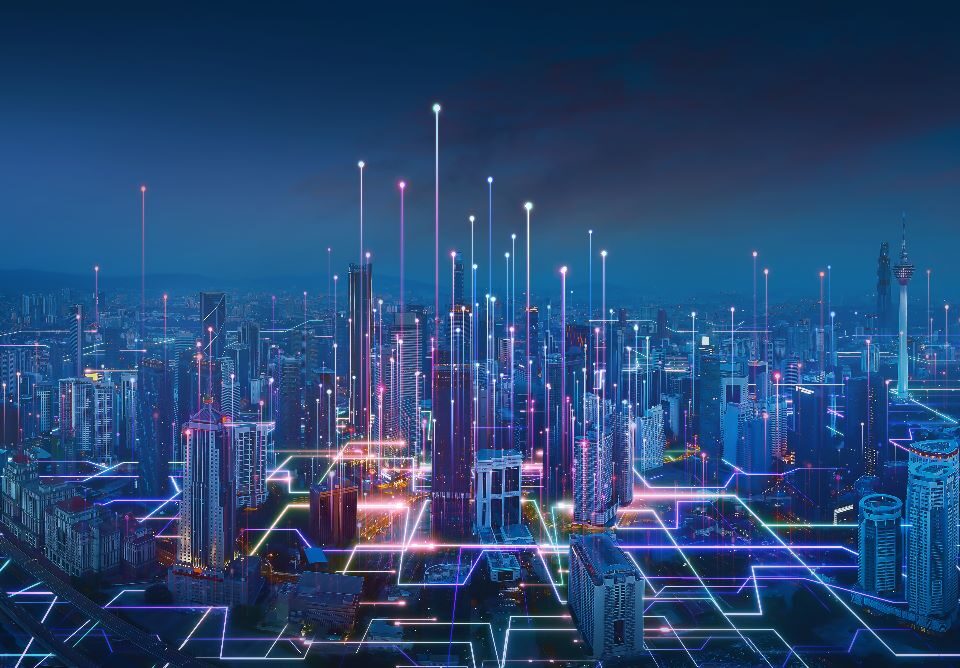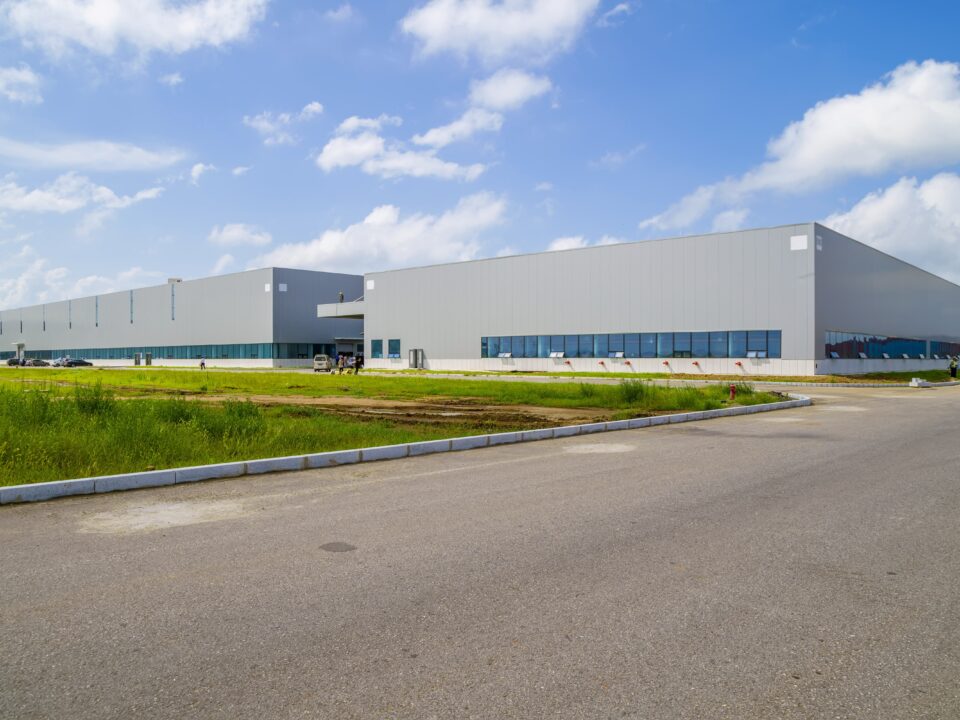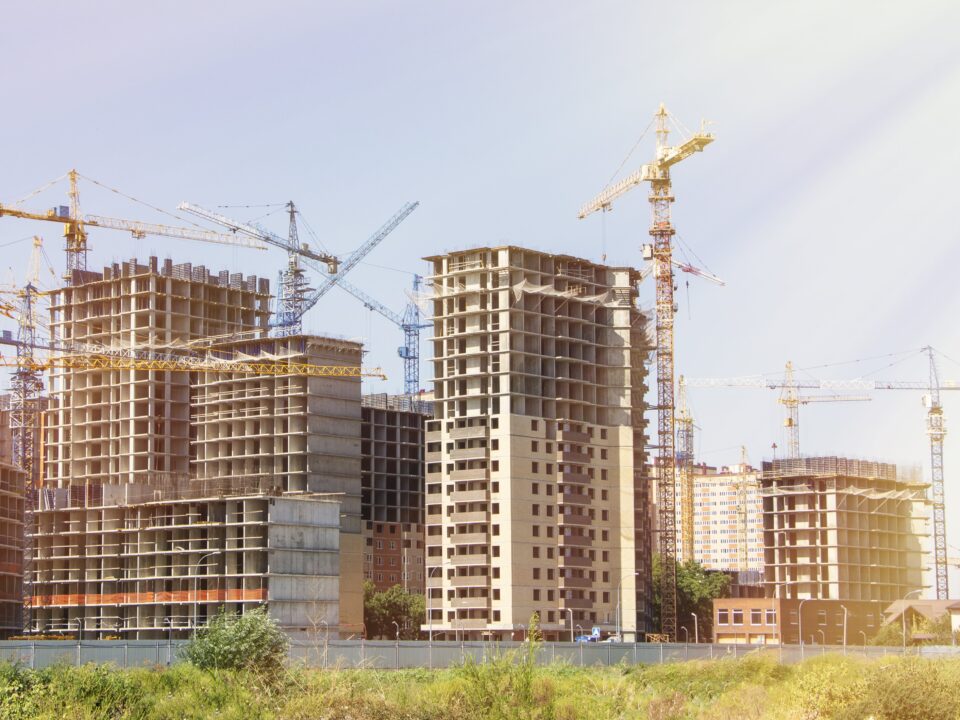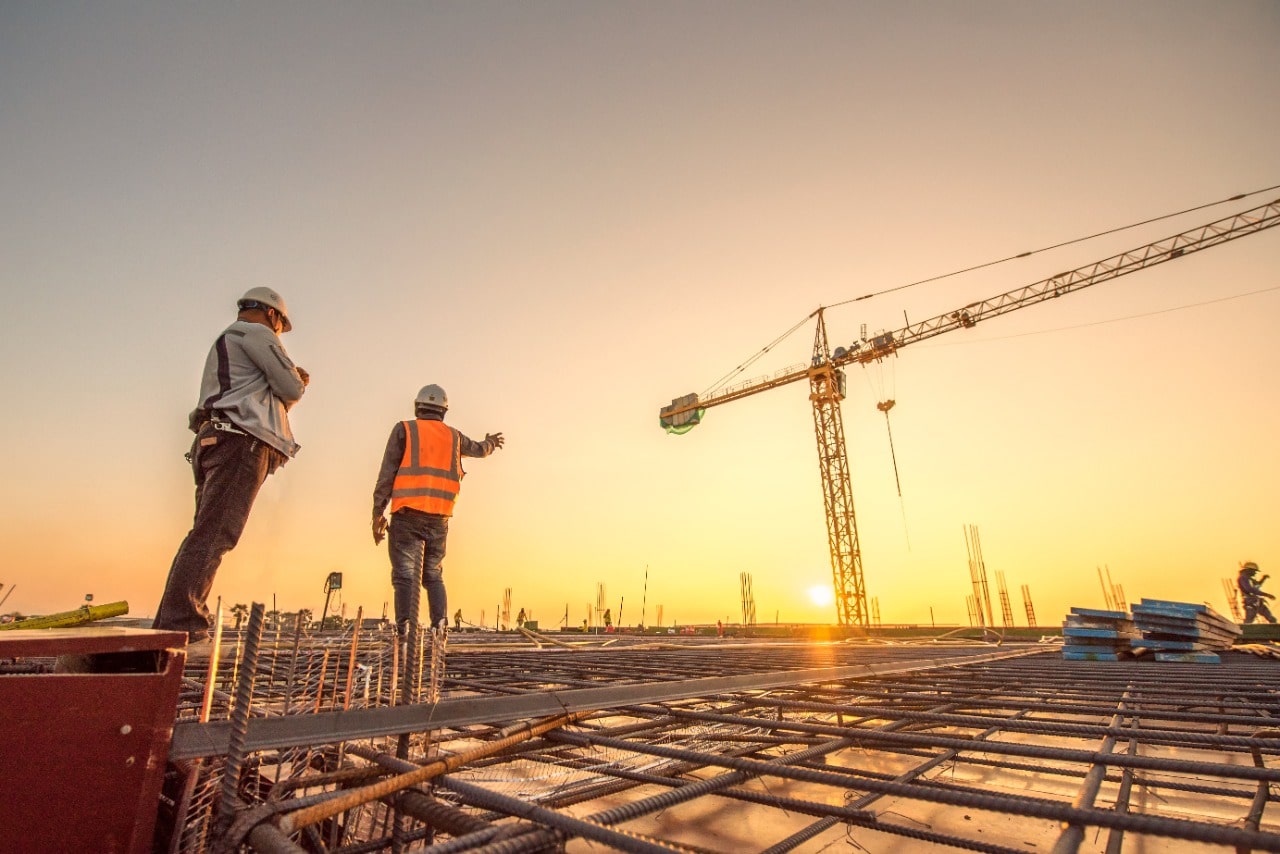
Through innovation in Prefabricated Buildings, we empower the underserved segment
August 2, 2022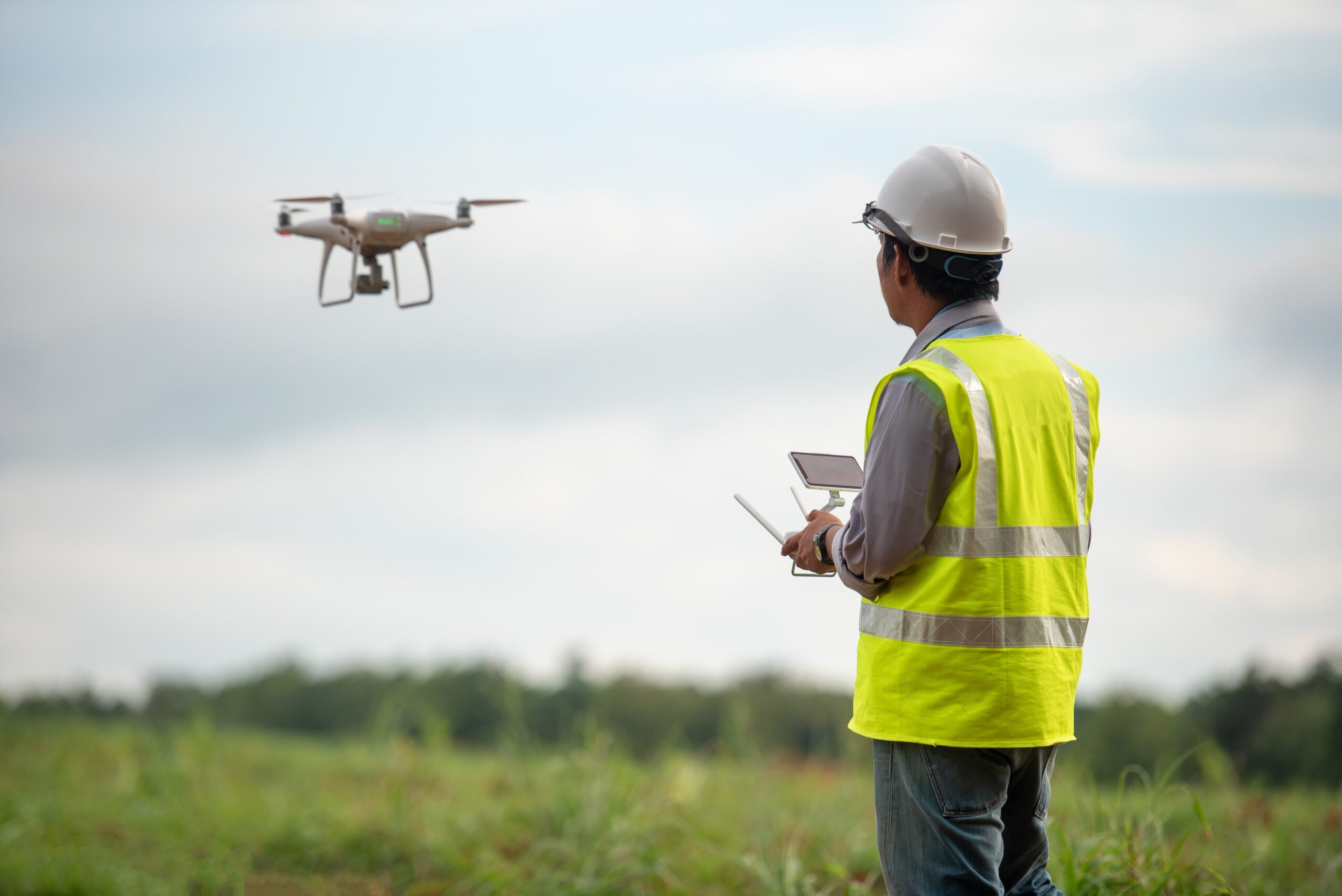
Drones – A Great Enabler in Prefabricated Steel Building Construction
August 16, 2022For Indian commercial real estate, it is Good Times Ahoy! The sector is not only amped by performance and demand matrix but also by the transparent and qualitative way of working. Various reports and experts’ analysis have unequivocally green-flagged the potential opportunities & unlimited possibilities for the construction players in the country and prefabricated construction is leading the game of change in a big way.
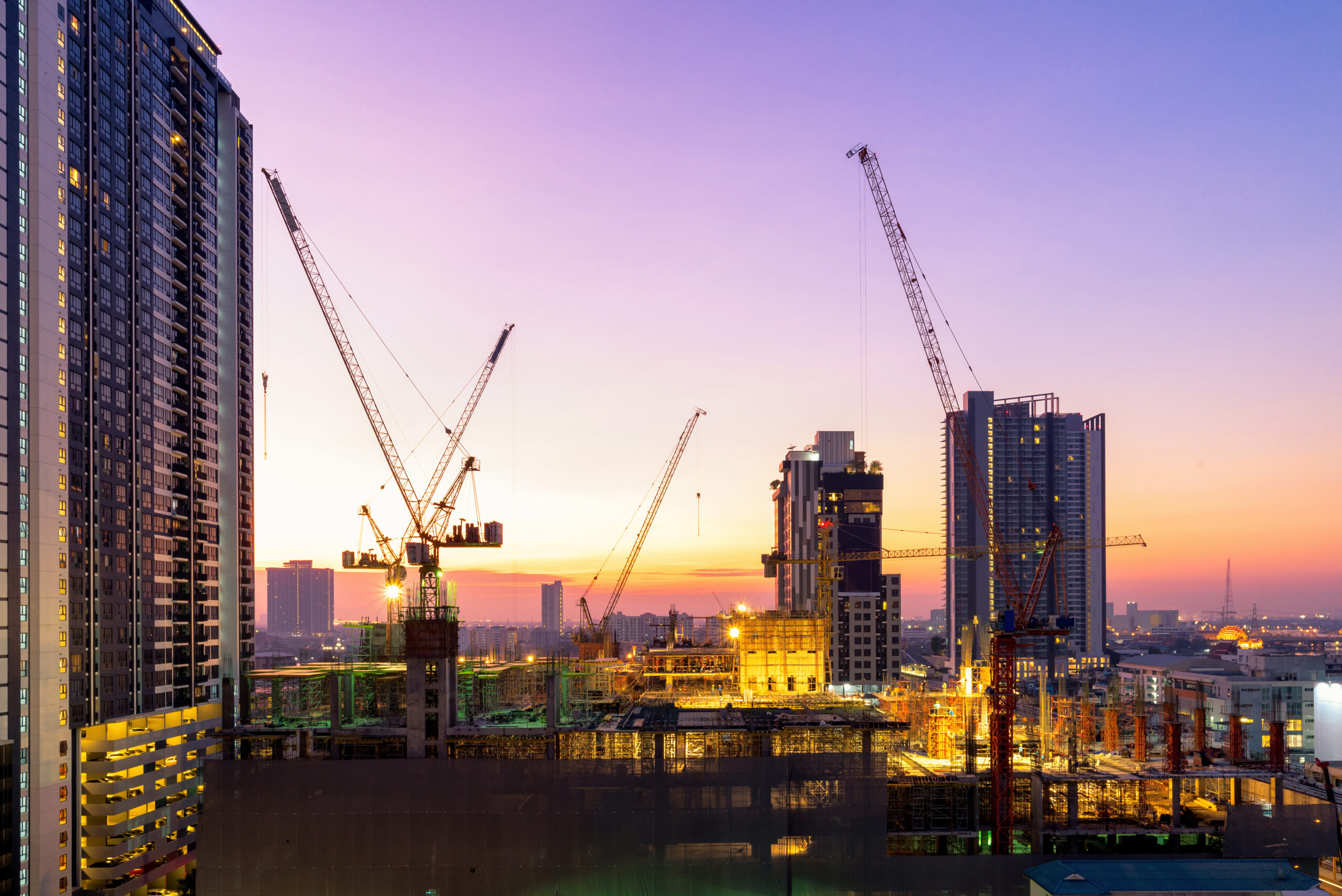
JLL’s 2022 Global Real Estate Transparency Index (GRETI) stated that India’s real estate market transparency is among the top-10 most-improved markets globally. India’s improvement in transparency score from 2.82 to 2.73 between 2020 and 2022 is higher than some of the highly transparent markets such as Canada, Belgium and Spain. According to the report, the improvement in India is on the back of digitization and data availability for transaction processes in addition to overall market fundamentals.
It added, “India’s improvement in transparency is reinforced by increased institutional investment and the growing numbers of real estate investment trusts (REITs) helping to broaden market data and bring more professionalization to the sector to complement regulatory initiatives like the Model Tenancy Act, and digitization of land registries and market data, such as through the Dharani and Maha RERA platforms.”
Sustainability has been the biggest driver of transparency improvements across markets, according to JLL’s 2022 index. This is where prefabricated building construction has been playing an enabling role by virtue of methods and materials used during construction.
Riding on the green bandwagon, Bengaluru has been ranked 14th of 20 cities in the Asia Pacific region for sustainable development of commercial real estate by global consultants Knight Frank. The top five cities are Singapore, Sydney, Wellington, Perth, and Melbourne. Apart from Bengaluru, three other Indian cities – Delhi, Hyderabad and Mumbai – also made it to the list but were ranked in three of the bottom four places – 17, 18 and 20, respectively. Steelion has been increasingly expanding its foray into these potential hotspots and in fact, its Southern stronghold is already crafting prefab success stories.
Riding on the incredible growth wave
On the back of these promising changes, strong and positive momentum is slated to give a solid push to Indian real estate in the financial year 2023 (FY 23) backed by the sound structural foundation, gain in demand, and lowered home loan rates, according to market analysts. The upswing in the market will also be driven by a favorable economic outlook. The growth will be fueled by greater demand from tier II and III markets. Sustained infrastructure investments, increased connectivity, and better job opportunities will be fueling real estate in smaller cities and towns in India. We are already witnessing the rapid infrastructure development happening in cities such as Lucknow, Kanpur, Agra, Patna, Cochin, etc., which will ultimately boost real estate demand. Office leasing, which had taken a backseat for the past 2.5 years, will once again see a growth uptick with work-from-home slowly fading away and work from office gradually resuming. If one is to go by the reports, big tech firms have already closed big-ticket size office lease deals. This momentum is being further carried forward by e-commerce and third-party logistics enterprises, which are fast expanding their business to cater to the burgeoning demand. Interestingly, during the pandemic and even as the markets started seeing the slow uptick, the outpour of investments in warehousing made it one of the fastest-growing categories in commercial real estate.
While these are not just theoretical statistics for India any more, the constant thrust on infra development by the Central authorities is testimony of positive change. In continuation to the changing paradigm, Prime Minister Narendra Modi inaugurated Bengaluru’s Multi-Modal Logistics Park (MMLP), built at a cost of Rs 1,800 crore. It will help in lowering the transportation, handling, and secondary freight costs. During the inauguration, he said that mere development of roads, railways, ports and airports is not enough for progress in the 21st Century. These modes of transport must complement each other for seamless multi-modal connectivity. The MMLP will have warehousing and storage facilities for commodities such as rice, automobiles, spice, electrical goods, cement, and apparel. “The park will be connected by road, railways, airport, and port services so that last-mile delivery is enhanced and the cost of transportation is lowered as well,” PM said.
In the first phase of the Bharatmala project, the Centre plans to build 35 MMLPs over the next few years to provide faster and cheaper logistics opportunities. The four-laning of parts of two national highways is expected to boost connectivity to major ports in Chennai, Mangalore, and Krishnapatnam, while three other highway projects will aid passenger and commercial movement in Bengaluru. The six-laning of Tumkur section of the Mumbai-Pune-Chennai corridor is expected to reduce congestion and make industrial clusters more accessible as well.
Steelion has already been working on these fronts and has impressive project pipelines in place to contribute towards enabling a smooth connectivity. By using its unique Hybrid Composite Technology and low-cost godown construction designs in its current projects in the commercial warehousing landscape, Steelion will prove to be an iconic example of how prefabricated steel structures can change the game of commercial real estate in the country and especially transform the warehousing infrastructure.
Sources: Knight Frank, JLL, PIB
Click here to know more about innovation construction technologies delivered at the utmost speed.
Related Post: Prefabrication – The Future of Sustainable Architecture

